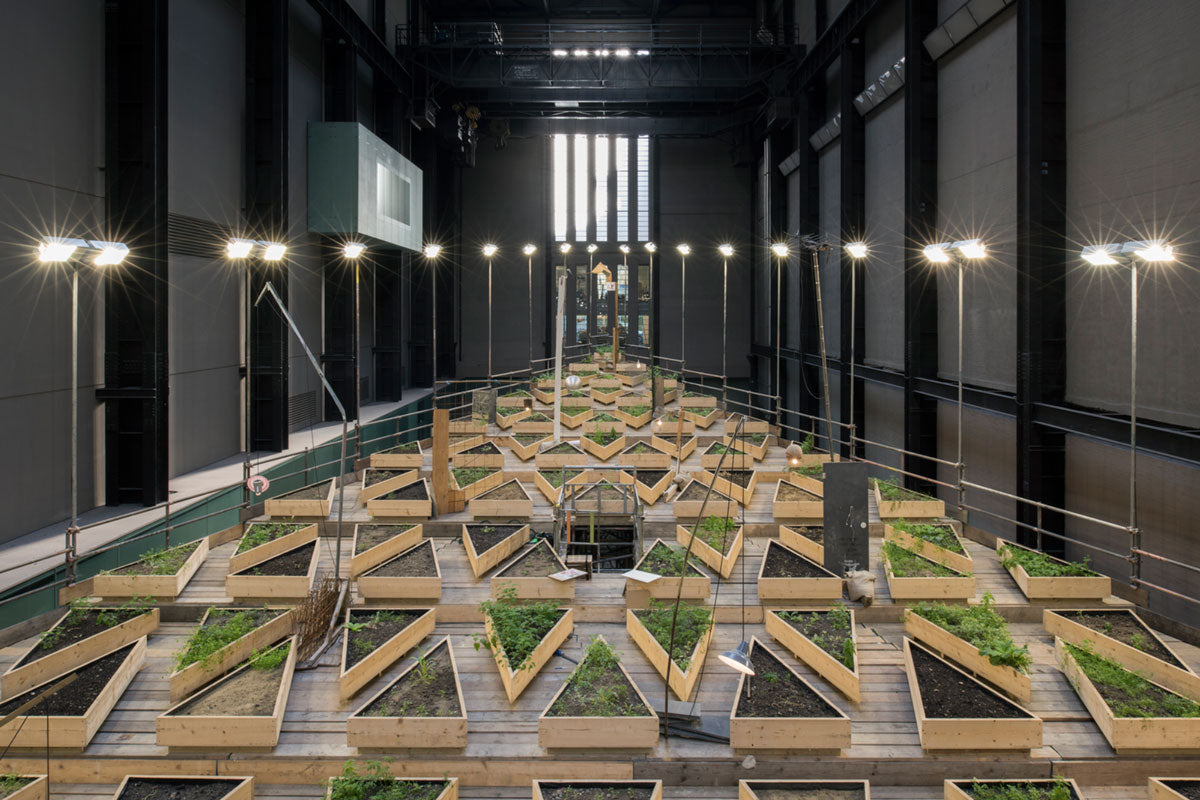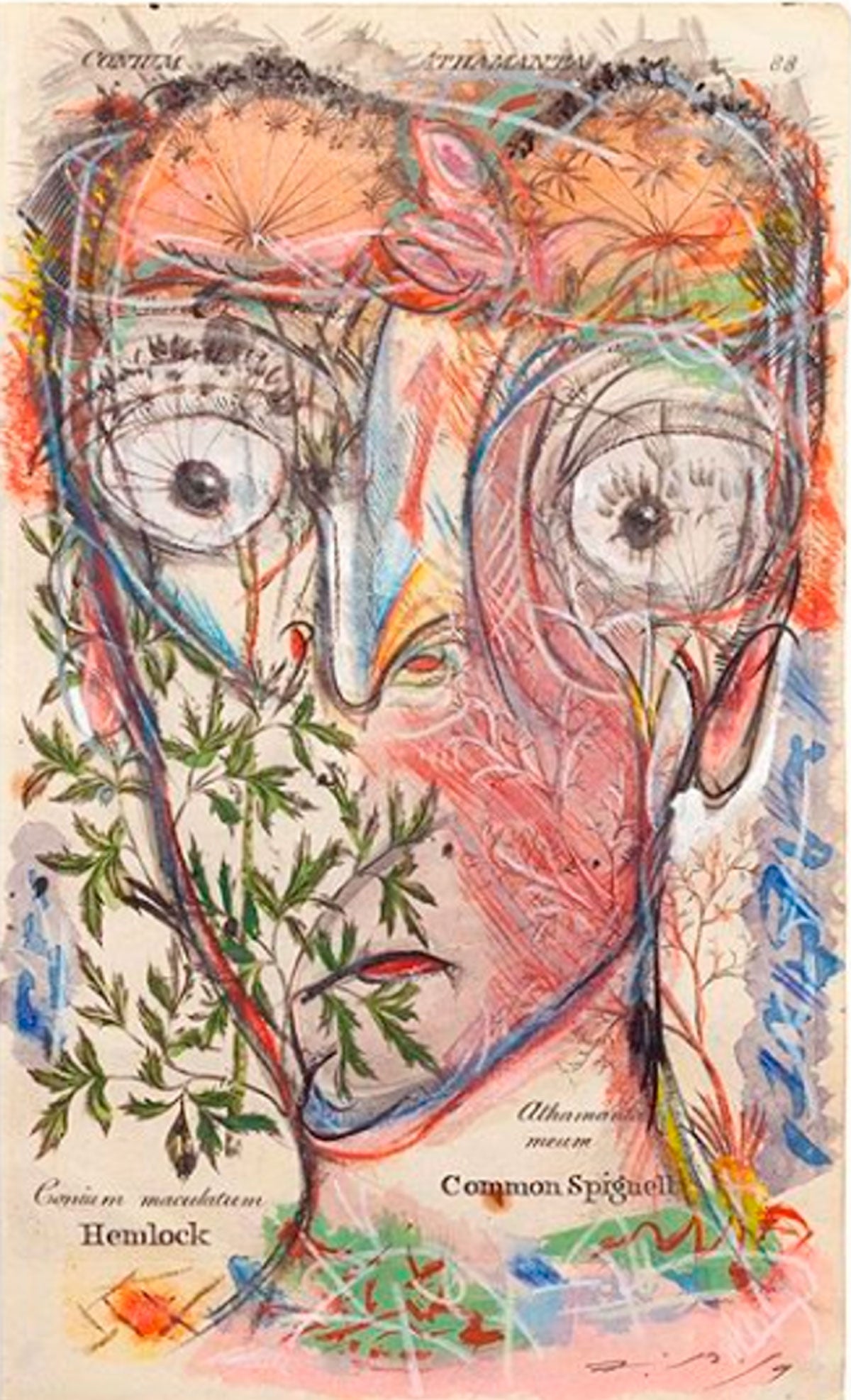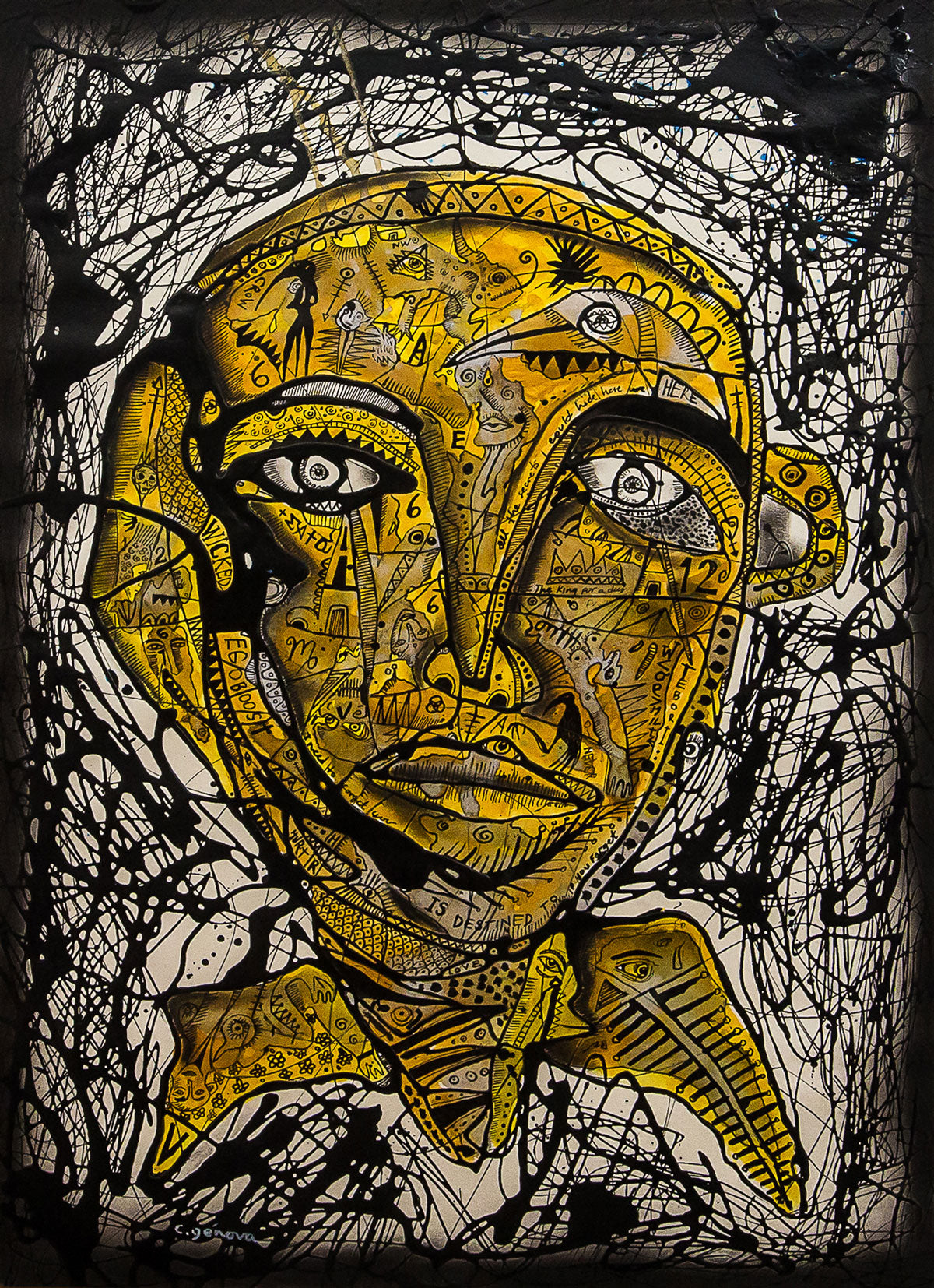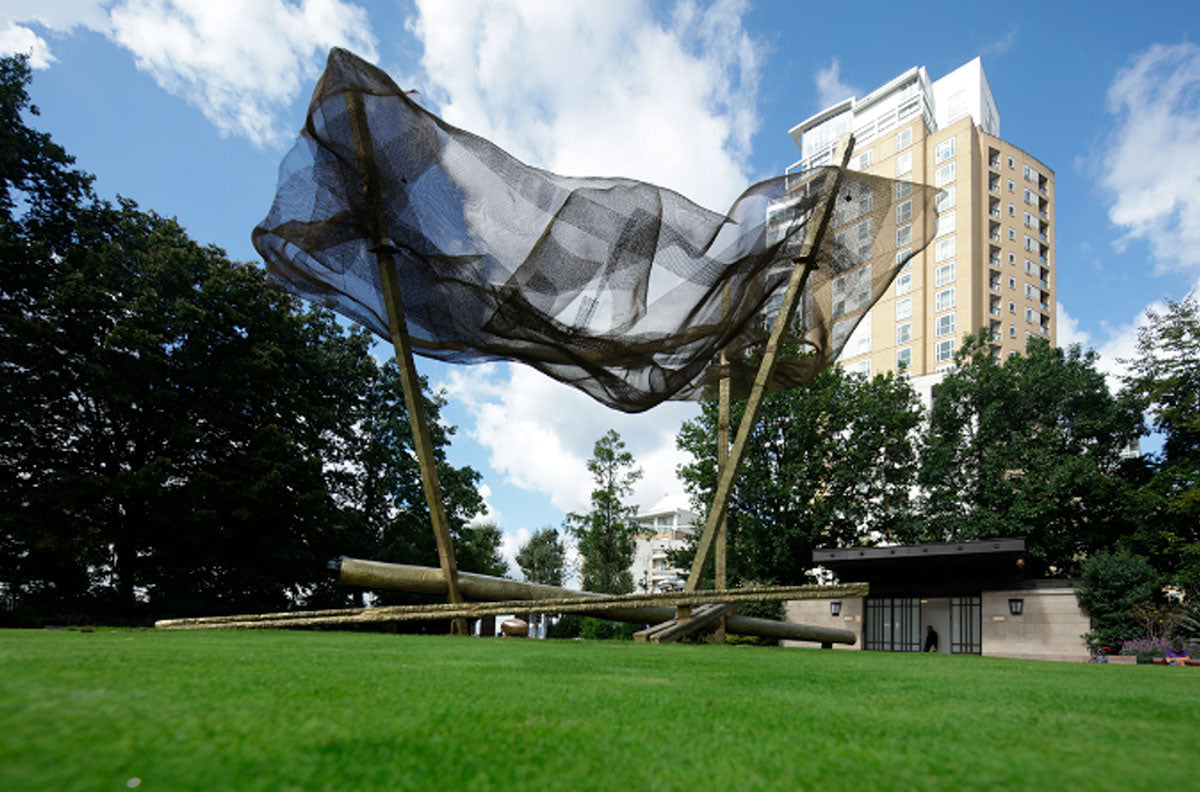Human beings manifest, among other things, through visual arts. We print our thoughts (understood as vision of reality, ideas, imagination) in them, which are the product of the reality we live in.
Some artists do not only reflect their realities, but they also work as (some of them without meaning to) Mexico’s ambassadors within the art world.
The artist of deconstructed and monochromatic urban traces, Abraham Cruz Villegas, speaks about change as a permanent state that emerges from life’s chaotic and fragmentary nature. Born in Mexico City, he studied Pedagogy at UNAM (Mexico’s National University) and was Gabriel Orozco’s pupil. His work includes sculpture, painting, drawing, installation, video, and writing, and is characterized by the use of materials he finds and the reuse of objects, particularly his project named “Self-construction”.
He has won acknowledgements like the Yanghyun Prize (2012) and Prix Altadis d’Arts Plastiques (2006); and has exhibited his work in museums like London’s Tate Modern, Centre for Contemporary Art in Melbourne, Palais de Tokyo in Paris, MoMa in NY, Museo Jumex, MUAC, and Museo Tamayo in Mexico City, biennials in Arab Emirates, Cuba, Turkey, South Korea, Italy, Brazil, and in countries like Holland and Japan.

Alejandra Zermeño is known for her sculptures of human representation, born in Mexico City, she studied in the San Carlos Academy. She likes to cross borders and speak about the world’s feminine aspect, and she does so through her work, first made with resin and now with bronze, which has led her to receive awards in Monterrey’s International Biennial of Contemporary Sacred Art and to exhibit her work in the United States, Canada, and Mexico, Spain, Germany, and Japan.
Alexis de Chaunac is an emerging artist. Even though he was born in New York, he belongs to a Mexican family and is José Luis Cuevas’ grandson, meaning that he has had important cultural stimuli from the moment he was born. He studied Cinema and Screenwriting at Sarah Lawrence College, in his hometown, and Art History and Latin American Literature at Oxford University. His work includes painting, drawing, short films, and artistic videos. It is characterized by the expressiveness in his trace, with which he creates human beings with imaginary features and beings that belong to a fantastic bestiary. He has exhibited his work in NY and Mexico.
Using movement as language, Carlos Amorales, is interested in the different ways in which we use language and its codes; his means of expression are drawing, animation, sculpture, and performance, the most representative being the ones related with the world of lucha libre. Most of his work focuses on exploring Mexican culture and values, fascinated with religious and secular contemporary rituals.
Born in Mexico City, he studied at Rijksakademie van beeldende kunsten and Gerrit Rietveld Academie, both in Holland. His work has reached New York’s MoMA, the Philadelphia Art Museum, Museo Jumex, MUAC, Museo Tamayo, and in biennials in Italy, China, Arab Emirates, Cuba, and Russia, and in countries like the United Kingdom, Belgium, Finland, Colombia, France, Germany, Spain, Switzerland, among others.

The Mexican rock star from the art world,
Carlos Génova,sells his works in less than two days. Also born in Mexico City, this plastic artist defines his work as surreal folklore with a multicultural touch. He studied Industrial Engineering and since an early age he dedicated time to learning art history and practicing painting and drawing. He is self-taught in the arts and has had teachers like artist Abel Vázquez. His showings are usually presented in large format and the techniques he uses are oil on sand, acrylic, collages, intervened photographs, encaustic with beeswax and wood resin, among others. He has exhibited his work in England, France, United States, Austria, Holland, Mexico, always with the intention of internationalizing Mexican art.
Paloma Torres recreates the urban environment through slim, vertical, and monochromatic volumes. She studied Visual Arts at the National School of Plastic Arts in UNAM (Mexico’s National University) and did a Master’s Degree in Color Engraving at the same university. She expresses through sculpture, architecture, photography, and pinto-sculpture. To her, “urban landscapes clearly teach us how we substitute trees for columns and how leaves become rods that stick out from constructions; reason why her sculptural work has to do with the way in which we face landscapes”. She was asked to create the Commemorative Sculpture for the 700th anniversary of the Helvetic Confederation in Switzerland, the exterior lattice for Tlatelolco’s Site Museum. Also, she has exhibited her work in biennials in Korea (honorary mention), Mexico, France, Denmark, Venezuela, China, Thailand, and Puerto Rico, among others.
We left behind artists like Gabriel Orozco, born in Veracruz and chosen by the current government to renovate Chapultepec, and who has exhibited his work at New York’s Guggenheim and MoMA, Centre Pompidou de Paris, Tate Modern in London, Austria, Sweden, and Germany, among others; Guillermo Olguín, promoter of Oaxacan culture with exhibitions in the United States, Hungary, Cuba, Portugal, Brazil, Argentina, Italy, United Kingdom, Germany, Spain, Portugal, France, Finland, Japan, and who was appointed by Francisco Toledo (RIP) as his successor; Minerva Cuevas, with exhibitions at Centre Pompidou, Tate Modern, Holland, United Kingdom, Switzerland, United States, and Germany; Rafael Lozano-Hemmer, electronic artist, installation artist, and kinetic sculptor; and some others like Amador Montes, Damián Ortega, Dr. Lakra, Rafael Cauduro, or the famous Javier Marín and Jorge Marín.
And we close with words by Carlos Génova, which can probably apply to all these artists: “Mexico is a country rich in culture and with diversity of artistic genres, which gives us the example of creativity and commitment to continue with cultural dissemination”.
Cover Photo: SILAS VON MORISSE GALLERY


